

/en/windows10/making-windows-10-feel-more-familiar/content/
A user account allows you to sign in to Windows 10. By default, your computer already has one user account, which you were required to create when setting up Windows for the first time. But if you plan to share your computer, you can create a separate user account for each member of your home or office.
Connecting users to a Microsoft account will help them get the most out of Windows. But if a user prefers not to create a Microsoft account, you can also add a local user account that exists only on your computer.
Watch the video below to learn more about creating and managing user accounts:
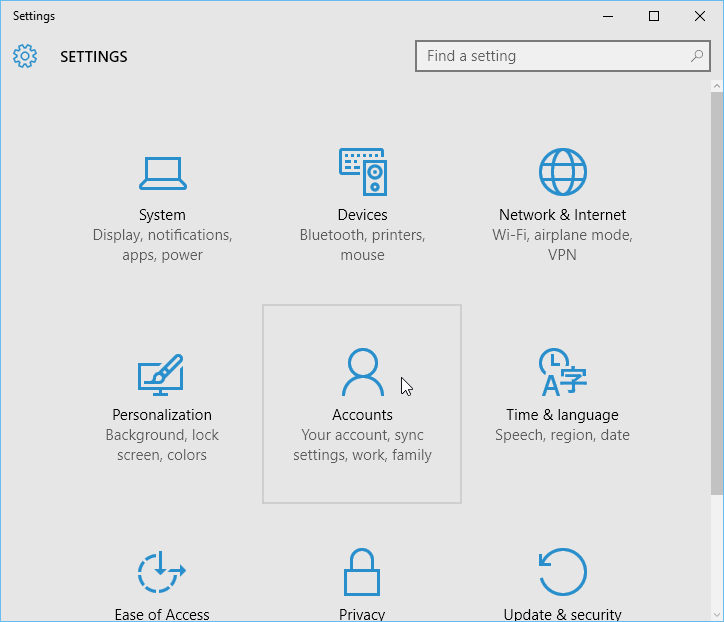



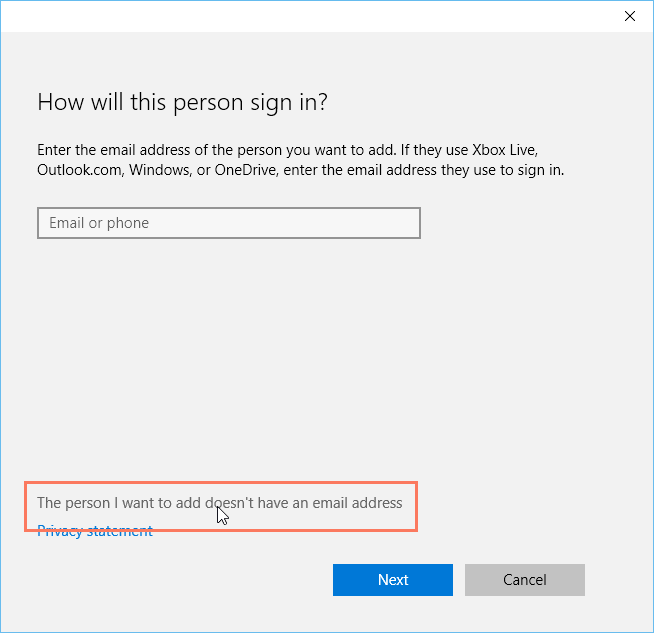
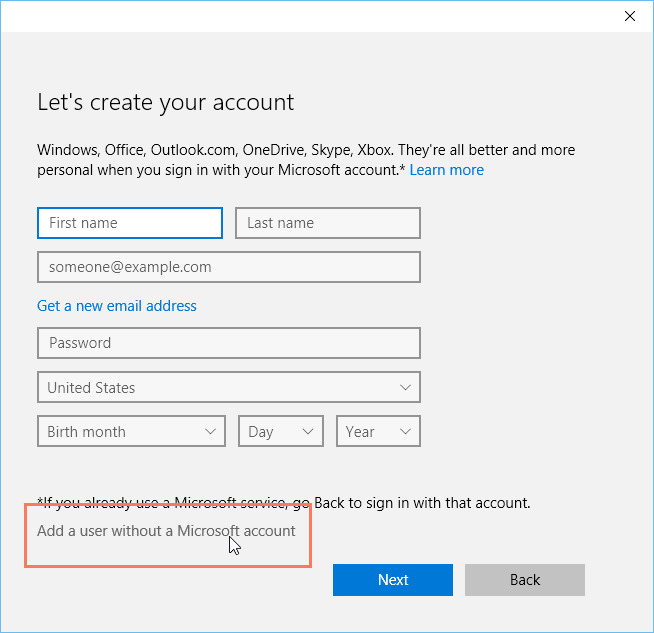
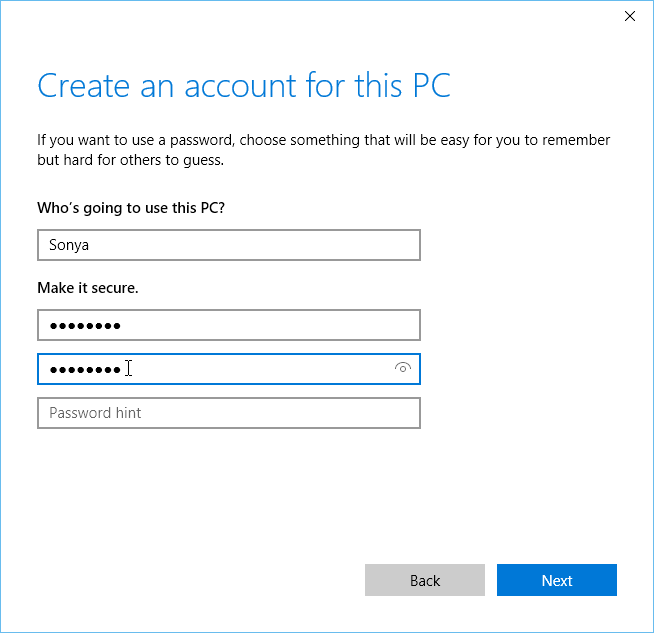
If you're finished using your account, you can sign out. To do this, click the Start button, select the current account in the top-left corner, then choose Sign out. Other users will then be able to sign in from the lock screen.
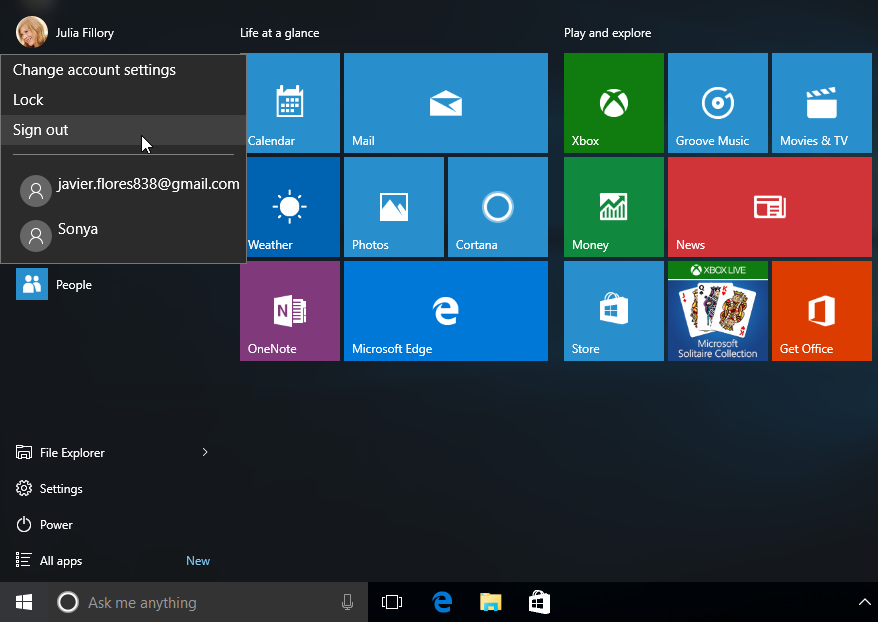
It's also easy to switch between users without signing out or closing your current apps. Switching users will lock the current user, so you won't need to worry about someone else accessing your account. To do this, select the current account, then choose the desired user from the drop-down menu. You can use this same method to switch back to the other user.
By default, the user account you created when setting up your computer is an Administrator account. An Administrator account allows you to make top-level changes to the computer, like adding new users or modifying specific settings. Any users you add are automatically assigned to a Standard user account, which should meet the everyday needs of most users. You will probably only need one Administrator account on a shared computer, but you have the option to promote any user to an Administrator account if you want.
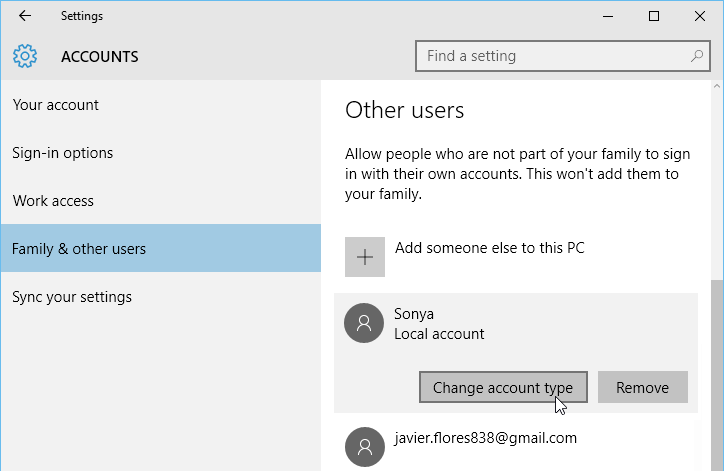


Windows offers a variety of parental controls that can help you monitor your children's activity and protect them from inappropriate content. For example, you can restrict certain apps and websites or limit the amount of time a user can spend on the computer. You'll need to add a family account for each user you want to monitor. Each user will also need to have a Microsoft account; you cannot enable parental controls on a local account.


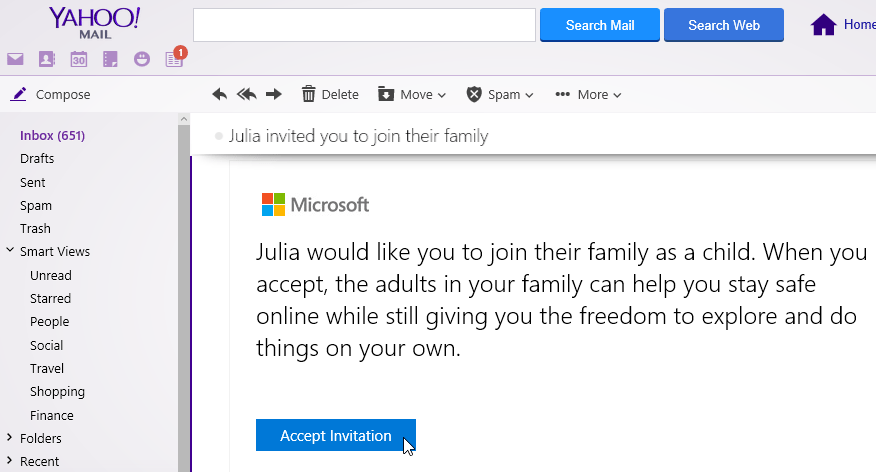
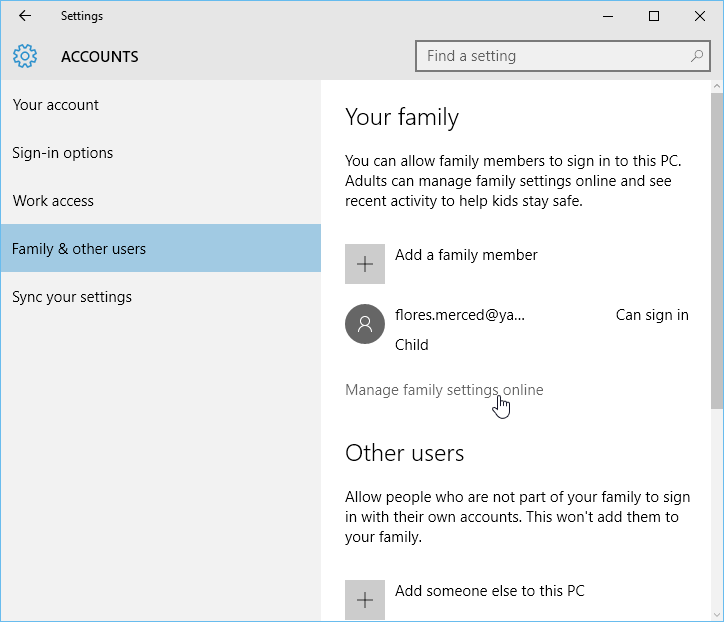
Click the buttons in the interactive below to learn more about setting parental controls:

From here, you can limit the amount of time a child can spend on the computer.
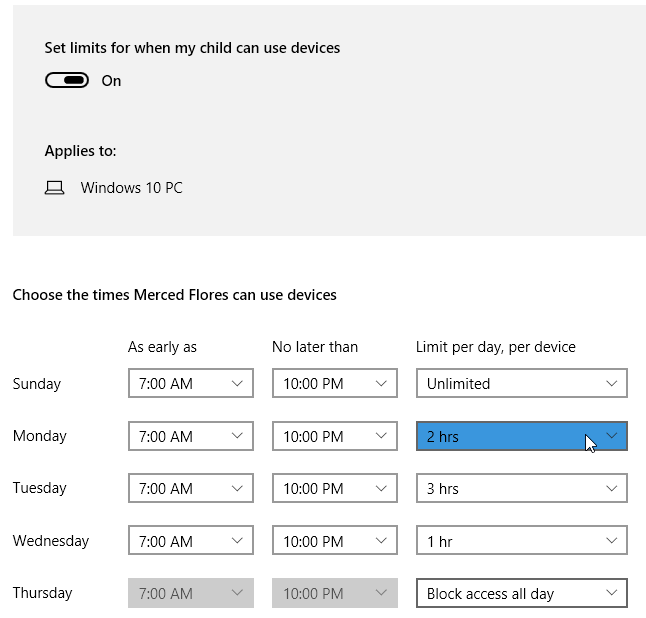
From here, you can set general restrictions and age limits for apps and games downloaded from the Windows store.

From here, you can enable web browsing preferences. For example, you can choose to block inappropriate websites by default. You can also approve certain sites so they won't be blocked by the filter.

From here, you'll see a general summary of a child's activity, like the websites visited and the total amount of time spent on the computer.
/en/windows10/security-and-maintenance/content/